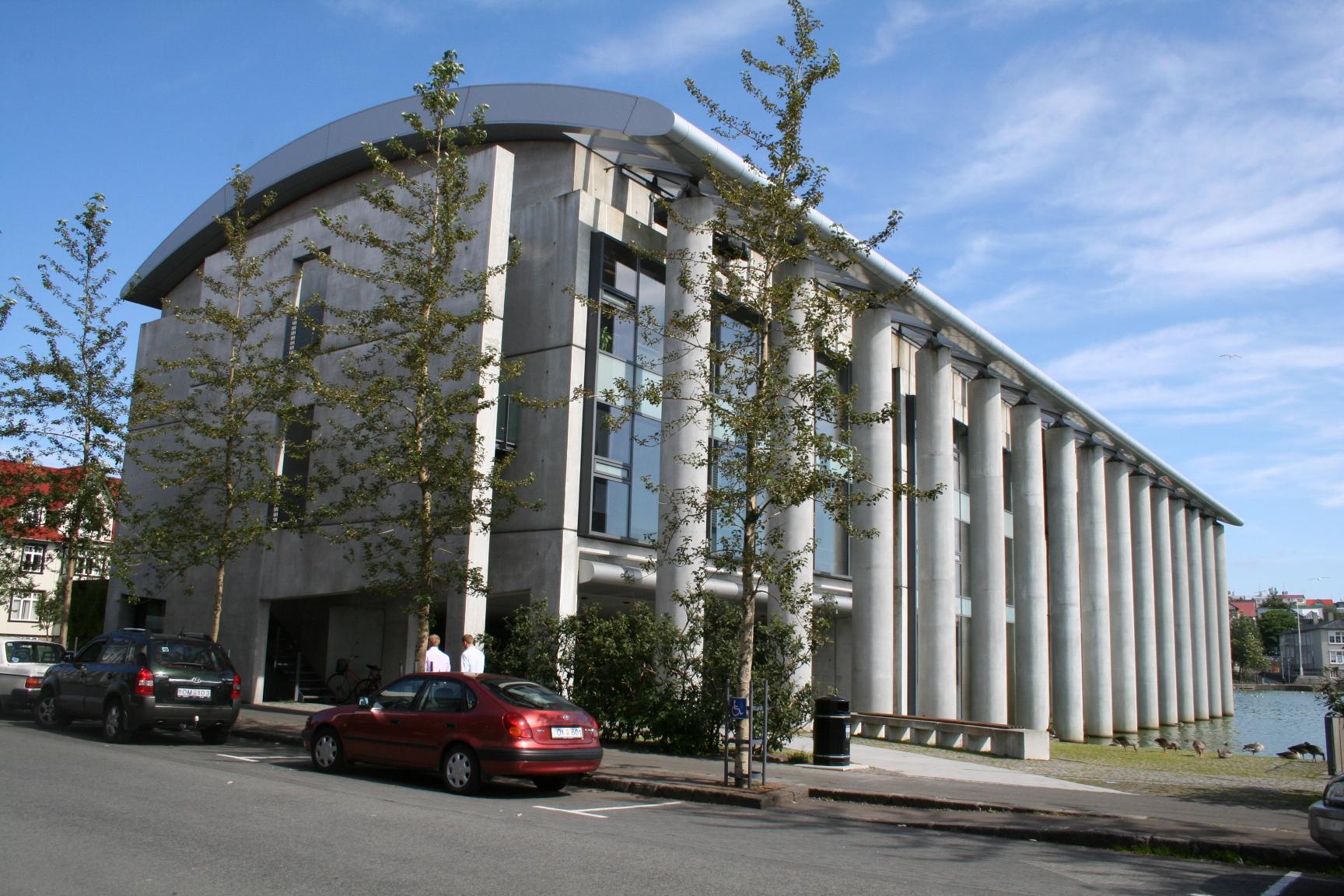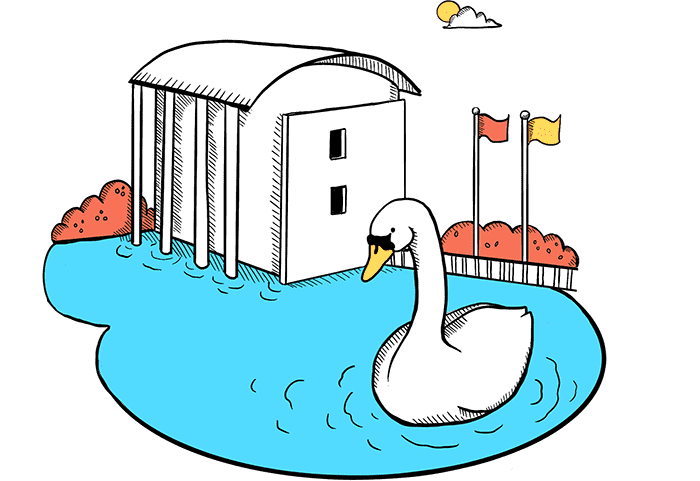English translation
Hi! The English site is only a beta for now and still has many errors (especially in names and locations).
We are working hard to fix them and making more content available than ever before so expect constant updates.
Tjarnargata 11
101 Reykjavík

The administration buildings of Reykjavík City include Reykjavík City Hall, Höfði, in addition to office facilities at Tjarnargata 12 and Höfðatorg on Borgartún.
Reykjavík City Hall was inaugurated on April 14, 1992.
City Hall consists of two buildings connected by a walkway on the ground floor. One is the home of the City Council, the political arena, located on Vonarstræti, and the other is an office building adjacent to Tjörnin, serving as the headquarters for the city administration, mayor, and staff. The ground floor also houses Tjarnarsalur, the People's Hall, used for events and meetings.
The public is allowed access to the administration buildings of Reykjavík with conditions specified in the Rules on Access and Operation in Reykjavík City’s Administration Buildings.
The Tjarnarsalur in the City Hall is a public space for the residents of Reykjavík and visitors alike, both domestic and foreign. It functions as an open space in the City Hall meant for public use and hosting events that the public can attend.
Tjarnarsalur is available for rental and hosts a variety of activities, including concerts, art exhibitions, conferences, small gatherings, presentations, receptions, and much more.

The Iceland Replica is located in the west side of Tjarnarsalur except when the hall is rented for events. The replica has always been a major attraction for both domestic and international visitors.
It is mainly constructed based on maps from the U.S. Army Map Service Series C762 from 1948, which were drawn from aerial photos taken by the U.S. Army in August and September of 1945 through October of 1946. This American map set includes a total of 269 maps at a scale of 1:50,000, with each map sheet covering about 435 square kilometers of land. Þórður P. Þorbjarnarson, City Engineer, came up with the idea to create this replica.
Work on constructing the replica began in early 1985. It is made from 1 mm thick cardboard cut along the contour lines of the maps. Thus, each layer of cardboard represents 20 meters in elevation throughout the country. From sea level to the top of Öræfajökull, the model includes 106 layers. These are glued one on top of the other with regular wood glue and stapled or nailed as needed. The cardboard blocks are then fixed on wooden boards, which are screwed onto an aluminum frame. When City Hall opened in 1992, the Iceland Replica was ready and installed in Tjarnarsalur of City Hall, where it has been on display ever since.
The model was constructed at the Model Workshop of Reykjavík City. Five model makers worked on this project: Axel Helgason, Árni Hreiðar Árnason, Jónas Magnússon, Kristján Sigurðsson, and Sigurður Halldórsson. The model was then painted by master painter Sigurður Pálsson.
The Iceland Replica is scaled at 1:50,000 but is exaggerated in height. The height exaggeration is double, making the height scale 1:25,000. The total area of the model is 76.4 square meters, measuring 7.22x10.58m. It is divided into 57 sections. Of these, 43 sections depict the land itself, while 14 sections show only the sea surrounding the country to complete the square. The sections vary in size, ranging from 80–180 cm on each side. The average area of these sections is about 1.35 square meters, with each covering nearly 3,000 square kilometers of land on average.
The Iceland Replica has been very popular and a significant attraction for both Icelandic and foreign tourists. Few places in Reykjavík, and indeed in the entire country, can boast of attracting more tourists.
Building management operates under the principle that the Iceland Replica is generally on display in one half of Tjarnarsalur, with exhibits and other events located in the other half of the hall. Exceptions to this rule can be made in special cases.